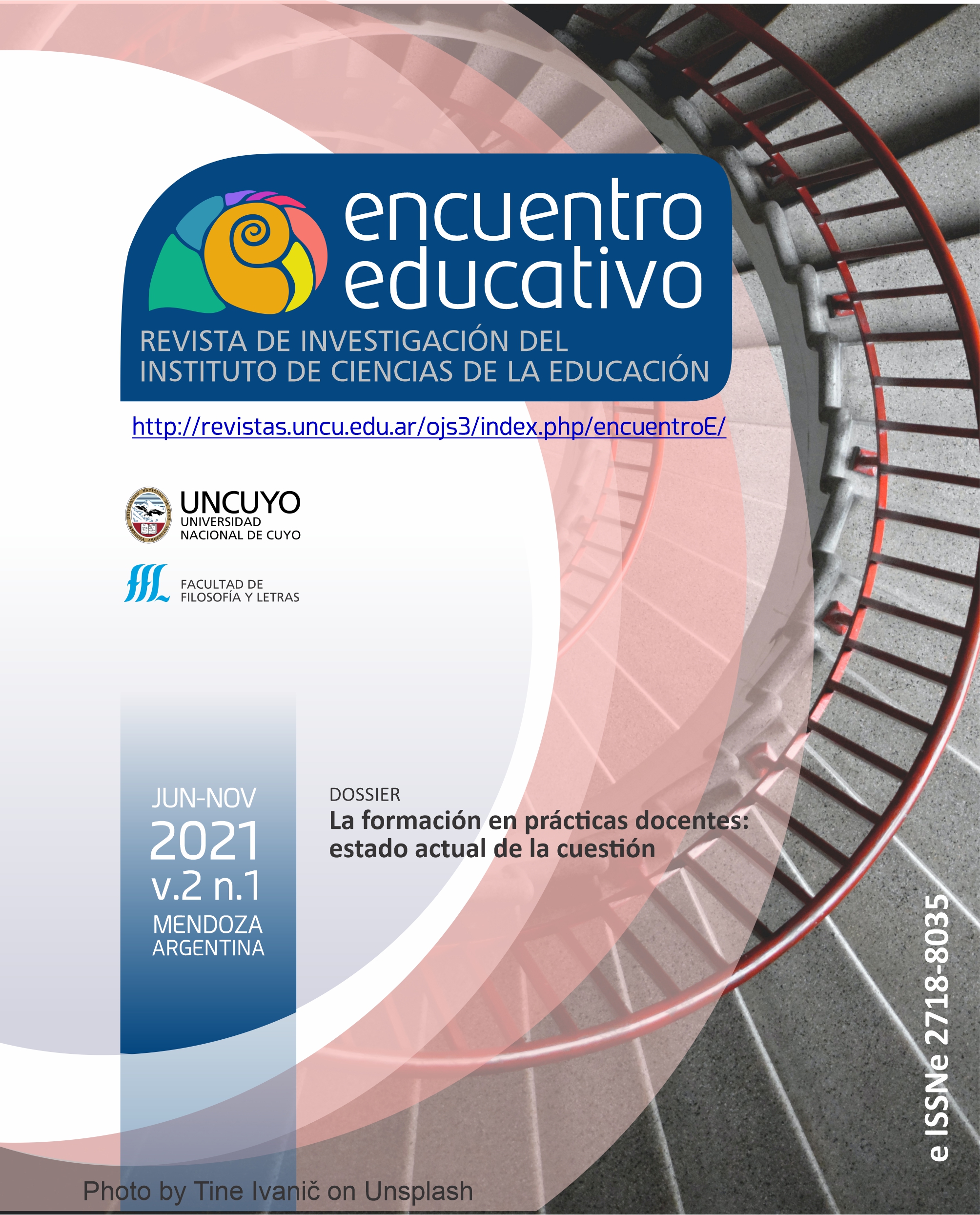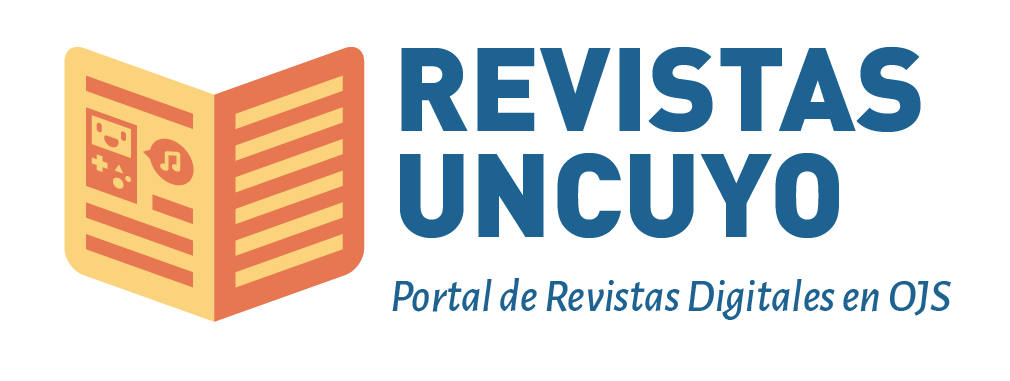English language and collaborative learning in a virtual classroom
Keywords:
virtual classroom, collaborative learning, English II, communicative approach, interactionAbstract
The English II subject of the Bachelor's Degree in Education Sciences (Distance Education orientation) is proposed as a space for learning the English language for specific purposes.
The specificity is related to the expressions and vocabulary that appear in virtual environments to satisfy the needs of the students of the Distance Education Degree to understand the communication that predominates in e-learning environments.
From a communicative approach to language teaching, a series of collaborative activities in different spaces such as glossary, wiki and forums in views are proposed in the English II virtual classroom, from its creation in 2011 until its last cycle in 2020 to generate interactions and collaborative construction of knowledge about the English language.
However, not everything that is generated there is collaborative, despite the interactions of the participants and the mediation of the virtual tutor.
We ask ourselves in this text about this type of learning in relation to the processes of teaching a foreign language, what are its characteristics and nature and if it is related to the communicative approach to language teaching.
References
Acuña, M (2018). El glosario virtual como parte del aprendizaje colaborativo en tus cursos. Evirtualplus.https://www.evirtualplus.com/glosario-virtual-como-parte-del-aprendizaje-colaborativo/
Adell, J. (2007). Wikis en educación. En J. Cabero y J. Barroso (Coords.), Posibilidades de la teleformación en el Espacio Europeo de Educación Superior, (pp. 323-333). Octaedro. http://www.uch.edu.ar/Imagenes/contenidos/Adell_Wikis_MEC.pdf [Consultado el 28/01/2021].
Arango, M. L. (2003). Foros virtuales como estrategia de aprendizaje.Anexo 1. Universidad de los Andes. Departamento de Ingeniería de Sistemas y Computación. LIDIE Laboratorio de Investigación y desarrollo sobre informática en educación. http://www.rlcu.org.ar/revista/numeros/02-02-Abril2004/documentos/Arango.pdf
Asinsten, G, Asinsten, J.C. y Espiro, MS. (2012) Construyendo la clase virtual. Ediciones Novedades Educativas.
Brown, D. (2001). Teaching by Principles. Pearson.
Eggins, S. (2004). An introduction to Systemic Functional Linguistics. Continuum International Publishing Group.
Ordenanza Nº 12/2009-CD. Plan de estudios de Licenciatura en Ciencias de la Educación Orientación en Educación a Distancia y Educación Permanente. Mendoza: Facultad de Filosofía y Letras, UNCuyo.
Ornelas Gutierrez, D. (2007). El uso del foro de discusión virtual en la enseñanza. Revista Iberoamericana de Educación. 44 (4), 1-5. https://doi.org/10.35362/rie4442226
Panitz, T (2001). Aprendizaje colaborativo y cooperativo. En:Wikilibros. https://es.wikibooks.org/wiki/Aprendizaje_colaborativo/Aprendizaje_colaborativo_y_cooperativo
Prieto Castillo, D. (2015).Elogio de la Pedagogía Universitaria. FFyL, UNCuyo.
Prodromou, L. (1993). Mixed-Ability Classes. MacMillan Publishers.
Sotomayor García, G. (2010). Las redes sociales como entorno de aprendizaje colaborativo mediado para segundas lenguas (L2).EDUTEC Revista Electrónica de Tecnología Educativa, (34), 1-16.
Thornbury, S. (2006).An A-Z of ELT. Macmillan Education













